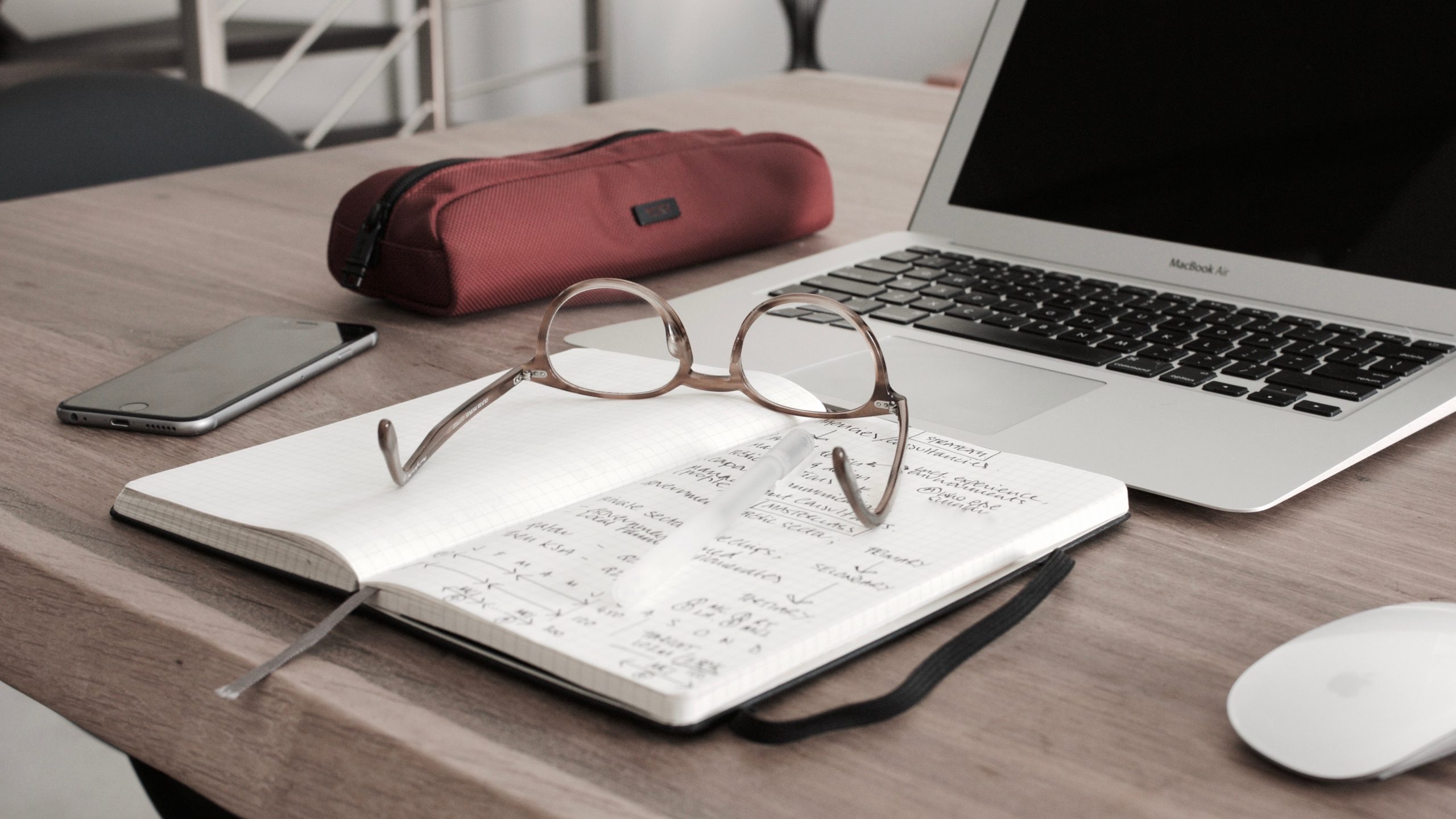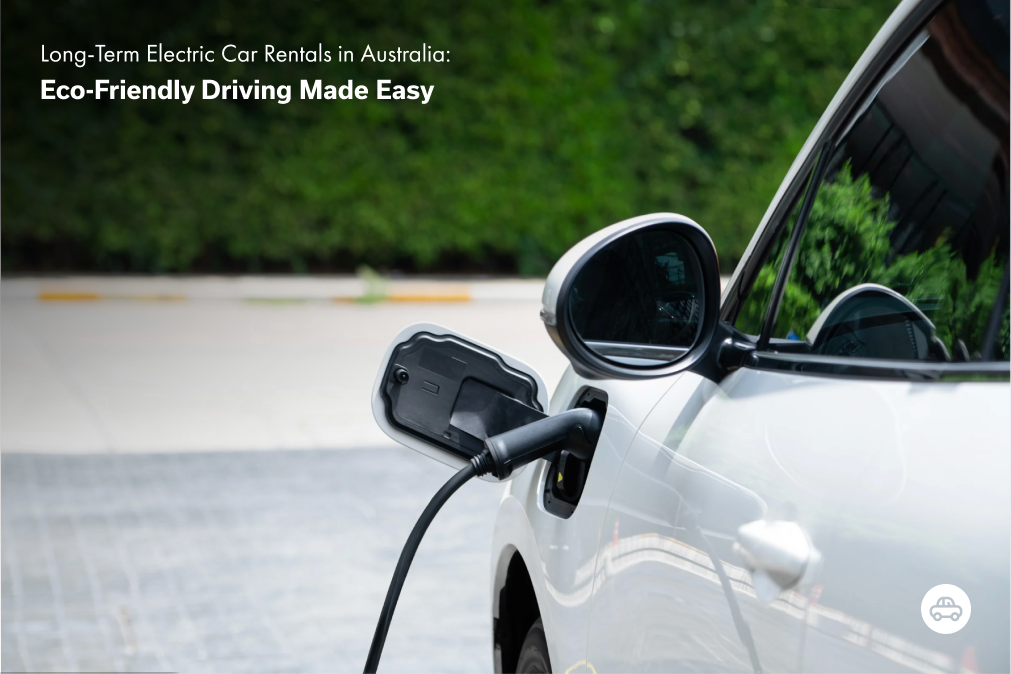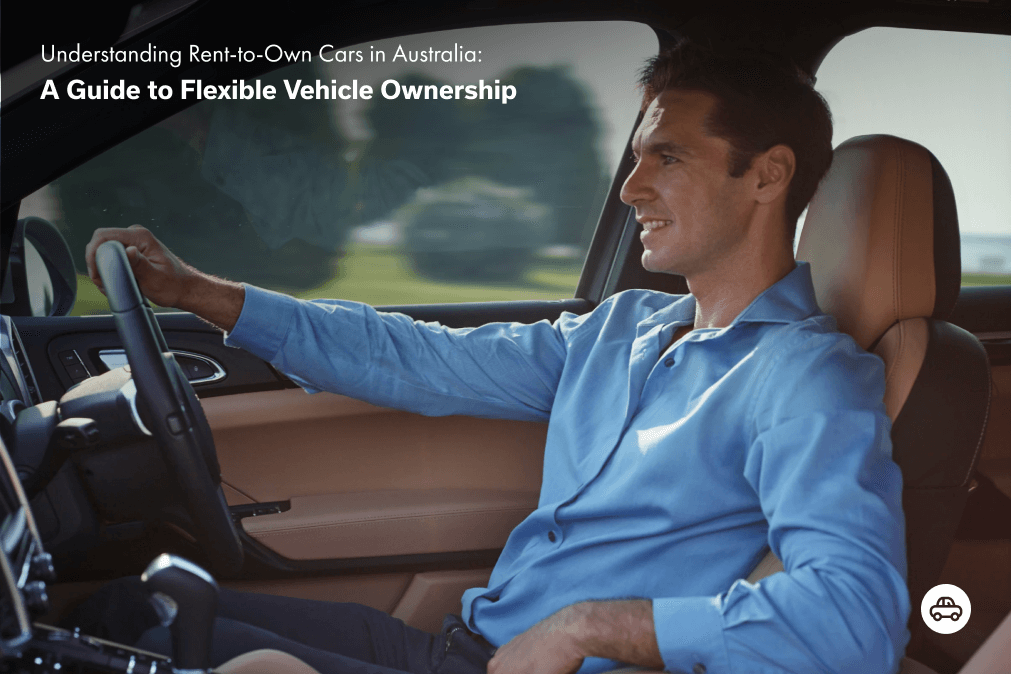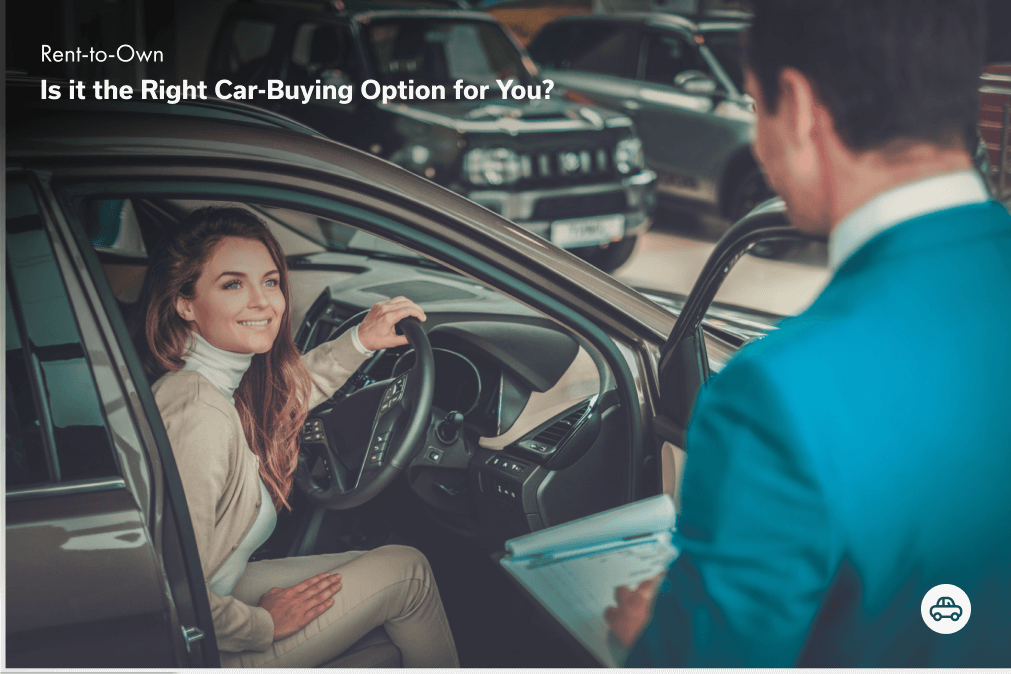There’s a lot of uncertainty in today’s economy, opening up new opportunities for savvy consumers to build more flexible ways to support their lifestyle – all the while protecting and securing their financial position.
Let’s look at the three major costs for the average Australian and explore flexible alternatives that can provide financial stability while protecting your lifestyle should anything change.
On this page:
Housing
The single largest expense, housing consumes around 20 cents of every dollar we take home. Whether it’s something mundane like replacing ageing furniture or something more aspirational like travel, spending on average a fifth of our net income just to keep a roof over our heads keeps us from building the capital necessary to do so many things.
What would a more flexible approach to housing look like? For one, it would avoid over-commitment as much as possible. Owning your own home has been the ideal of success in Australia for decades, but with median house prices in capital cities above $1 million, even a cute two-bedroom is beyond the reach of many people.
At the same time, people want to avoid the precarity of a tenancy. Too frequently, tenants are evicted from homes because the property has been sold, leaving them at a loose end trying to find a new place. With moving costs far from insignificant, flexibility must be balanced against stability.
The solution may be design-led. To curb the enormous urban sprawl in Australia’s capital cities, many architects have turned their hands to developing innovative uses for existing inner-city space. These new properties offer all the amenities of a full-sized building in a centralised location, but at a fraction of the price of a detached single-family home.
Food
The second largest expense identified by the ABS, food – inclusive of beverages and dining out – occupies around 17% of the average Australian’s income. While a good meal is a joy to anyone, so many of us go about food in the least economic way possible, relying on delivery and other people’s work.
So what would a more flexible approach to such an absolute necessity look like? In our opinion, anything that puts money back in your pocket to help you pursue your interests and goals without compromising on your nutrition is a plus. When emergencies happen and opportunities arise, you want to know you have the money necessary to address them without cutting into your food budget.
To that end, a more flexible approach to food could like finding new ways to create the meals you love without the price tag. It’s been said a million times, but the less work you have to do for a meal, the more expensive it’s likely to be. Restaurant dining is one extreme, but even more processed foods such as grocery store ready-to-eat curries and take home roast chickens are far less economically viable than the version you could assemble at home.
Setting a weekly food budget, minimising delivery and doing some meal planning can see your food budget topple. Staples such as dried lentils and grains as well as frozen vegetables can be quickly turned into delicious, healthy meals that cost less than a dollar per serve. All it takes is a little bit of effort.
Transport
The third largest expense was transportation. At 15%, it’s a smaller expense than the other two, but still substantial. Even on a modest salary, that figure represents thousands of dollars per year in costs mostly to get to and from work.
In Australia, that expense normally takes the form of a car and associated running costs. In a country as reliant on its cars as ours, having your own private vehicle is a must, and owning a vehicle outright is seen as a key pillar of financial success, showing that you’ve made it.
While a car is useful in a country as vast and with cities as sprawling as Australia, it’s hard to argue that taking on an expensive to run depreciating asset makes good financial sense. With even used cars regularly breaking $10,000 in sticker price – not to mention the additional on-road costs like stamp duty – it can be a hard thing to find the money. For those who can’t, taking out a loan can be even worse, adding interest to your already substantial running costs. And that’s before you start factoring in depreciation – for car-owners, every day and every kilometre is taking money off the resale price that puts you just that little bit further from your next vehicle.
Instead of jeopardising your hard-earned financial security by spending thousands on a vehicle, stay flexible and enjoy all the benefits of car ownership with a car subscription service like Carbar. With Carbar, you get exclusive use of the vehicle of your choice for as long as you want, bundled with registration, insurance, servicing and roadside assistance for one weekly fee. Go anywhere, anytime all without the financial risk of a breakdown, or the frustration of keeping up with your registration.
To learn more about car subscription, browse our range of vehicles or join for free, visit carbar.com.au today.





